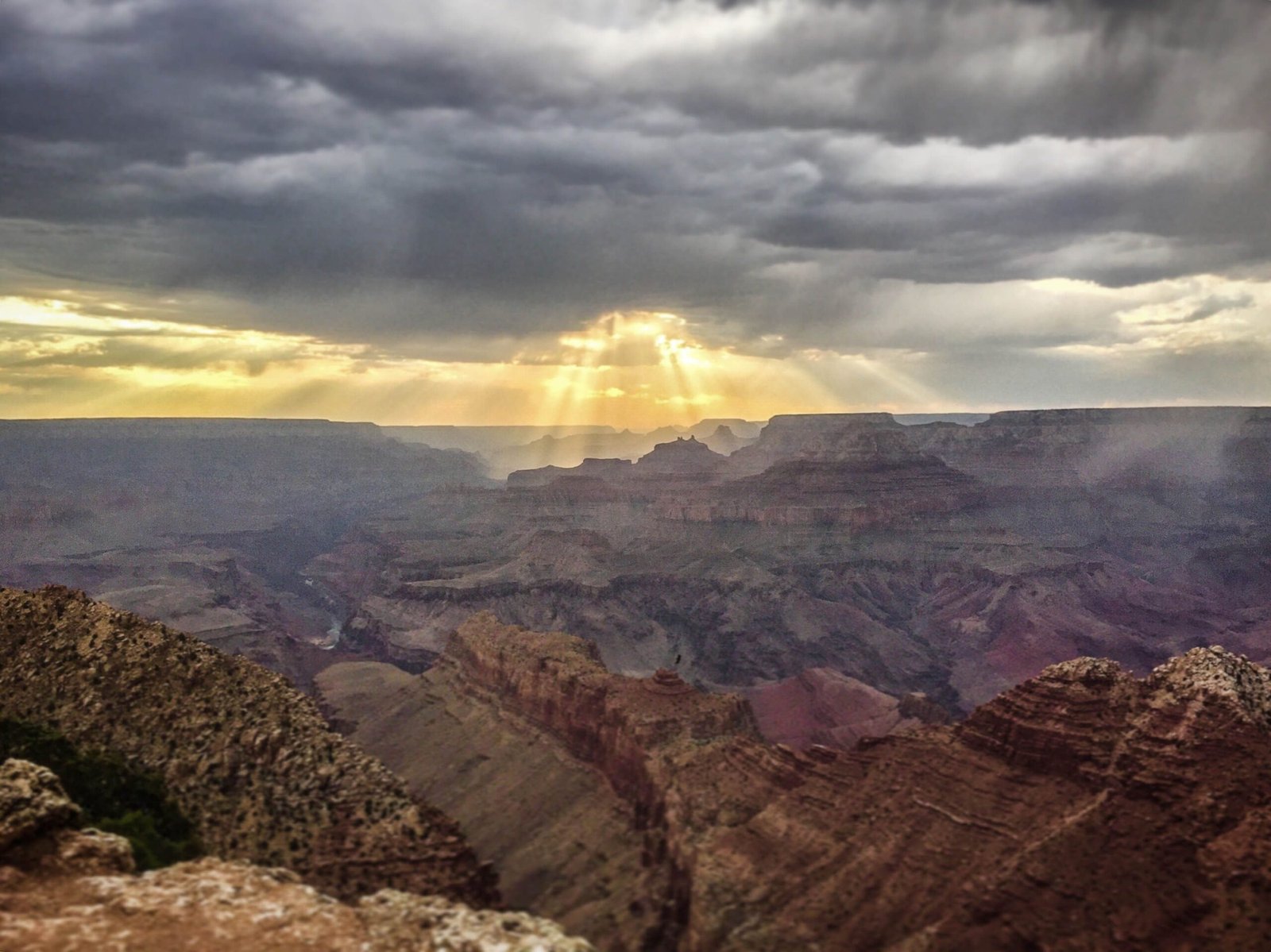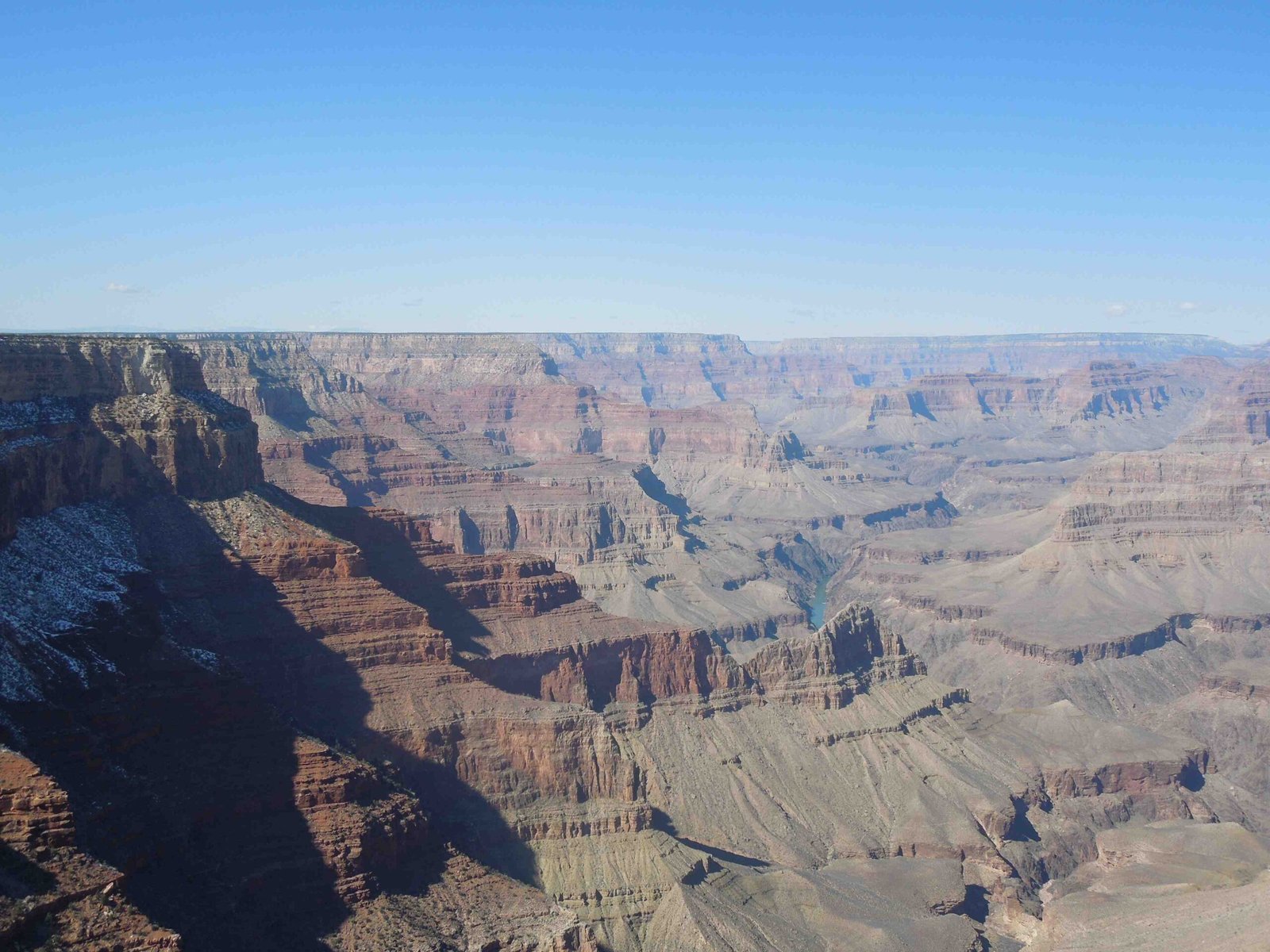The Grand Canyon’s rugged terrain and extreme environmental conditions demand sophisticated emergency response strategies. Search and rescue teams at Grand Canyon National Park utilize a complex network of highly trained professionals, advanced equipment, and preventive measures to ensure hiker safety and conduct critical rescue operations in one of America’s most challenging wilderness environments.
What Makes Grand Canyon Rescue Operations Unique?

Grand Canyon rescue operations are distinguished by their multifaceted approach, combining advanced technical skills, specialized equipment, and proactive safety strategies. The National Park Service has developed a comprehensive system to address the unique challenges posed by the canyon’s terrain and climate.
Who Comprises the Search and Rescue Team?
The Grand Canyon’s search and rescue (SAR) team consists of:
| Team Composition | Details |
|---|---|
| Volunteer Members | Approximately 70 highly trained professionals |
| Training Specialties | High-angle technical rescue, aviation rescue, swift water rescue |
| Annual Response Capacity | Around 310 search and rescue incidents |
What Preventive Measures Exist?
The Preventive Search and Rescue (PSAR) program plays a crucial role in minimizing potential emergencies:
- Volunteer interactions with hikers
- Assessment of visitor preparedness
- Hydration and heat illness education
- Encouraging hikers to turn back when conditions are unsafe
How Do Helicopter Rescues Work?
Helicopter evacuations are critical for rescuing hikers in inaccessible areas:
- Rapid deployment from strategic locations
- Specialized pilots trained in canyon terrain
- Advanced navigation and rescue equipment
- Quick response times for medical emergencies
What Equipment Supports Rescue Operations?
Rescue teams utilize sophisticated equipment including:
- Technical rope rescue gear
- Specialized rescue boats
- Pack rafts
- Swiftwater response equipment
- Advanced medical intervention tools
What Challenges Do Rescue Teams Face?
Rescue operations confront multiple environmental challenges:
- Extreme temperature variations
- Rugged and unpredictable terrain
- Potential flash flood conditions
- Limited communication infrastructure
- Remote and hard-to-access locations
How Can Hikers Prepare for Potential Emergencies?
Recommended preparation strategies include:
- Carry sufficient water and electrolyte supplies
- Understand personal physical limitations
- Bring appropriate hiking and safety equipment
- Share detailed hiking plans with park rangers
- Carry emergency communication devices
- Learn basic wilderness survival skills
What Are Emergency Contact Procedures?
In case of emergencies, hikers should:
- Contact NPS ISB Tip Line: (888) 653-0009
- Use emergency communication devices
- Stay in a visible location
- Conserve energy and water
- Signal for help using bright clothing or emergency signals
Critical Safety Statistics

- Annual Rescue Incidents: 302
- Hikers Assisted: 455
- Preventative Visitor Contacts: 142,370
Emergency Response Time Goals
The SAR team aims to:
– Establish rescue operations within 10 minutes of arrival
– Provide immediate medical assessment
– Execute rapid evacuation strategies
Conclusion
Grand Canyon trail rescues represent a complex, well-coordinated effort combining human expertise, advanced technology, and comprehensive safety protocols. Visitors must remain vigilant, prepared, and respectful of the challenging environment.

